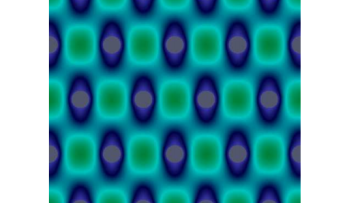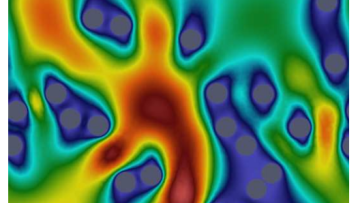Commuting concerns people’s spatial behaviour resulting from the geographic separation of home and workplace and is connected with their willingness to seek economic opportunities outside their place of residence (Rouwendal J., Nijkamp P., 2004). Such opportunities are usually found in the urban areas, so this phenomenon is often a subject of urban studies or research focusing on city centres (Drejerska N., Chrzanowska M., 2014). In literature, commuting patterns are used to determine the boundaries of local and regional labour markets. Furthermore, labour market is one of the most important features for the delimitation of functional regions, as commuting involves not only working outside one’s place of residence but also, among other things, using various services offered there, from shopping to health or cultural services. Taking this into account, it can be stated that commuting is an important characteristic of relations between territories, and these relations form complex networks.
People decide to commute to work for various reasons. Most commuters travel from a small town, village or rural area to a city or town where they have a wider range of employment opportunities. However, people differ in their attitudes toward commuting. While some people find it troublesome, others enjoy their daily travel. There are also people who regard commuting as the necessary condition for supporting themselves and their families. Therefore, commuting is an important factor that should be taken into account in the research on the quality of life and quality of work.
The main goals of this presentation is to identify and analyse relations between communities (municipalities) from the perspective of labour market, especially commuting in the vicinity of Warsaw, Data on the number of commuters come from the Central Statistical Office of Poland and cover the year 2011.
Bibliography
Drejerska N., Chrzanowska M., 2014: Commuting in the Warsaw suburban area from a spatial perspective – an example of empirical research, Acta Universitatis Lodziensis. Folia Oeconomica 2014, Vol. 6, no 309, pp. 87-96.
Rouwendal J., Nijkamp P., 2004: Living in Two Worlds: A Review of Home-to-Work Decisions, Growth and Change, Volume 35, Issue 3, p. 287.



